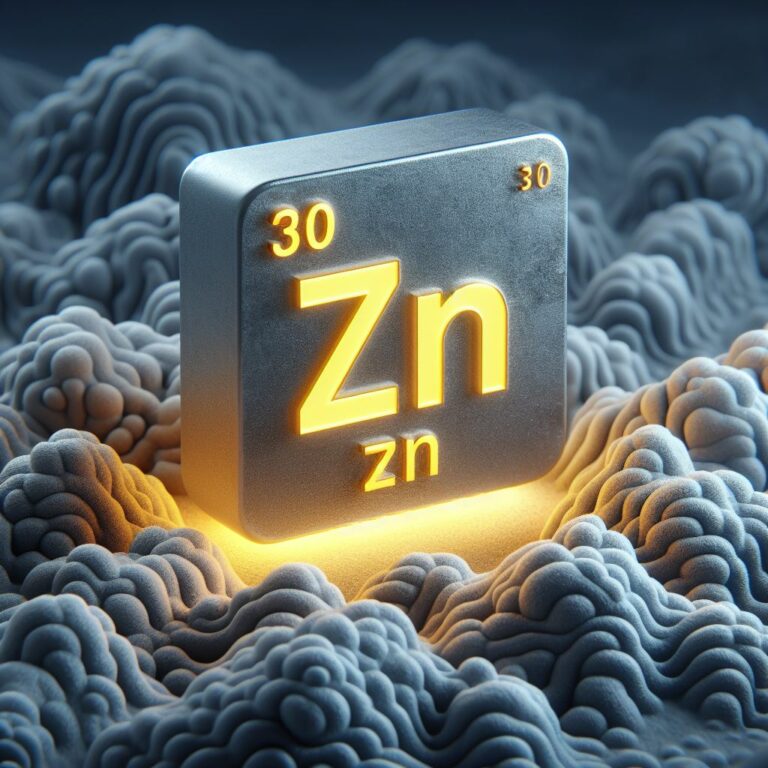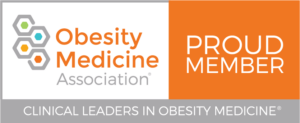Zinc
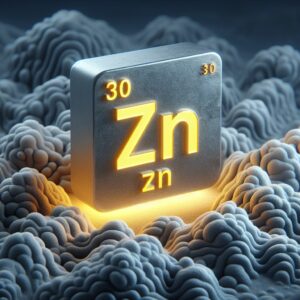 Zinc is the second most common nutritional deficiency in the world and yet wasn’t appreciated as a relevant nutrient deficiency until 1961. Zinc deficiency is known to be more common in areas where people consume higher amounts of cereal and lower amounts of animal foods (ref).
Zinc is the second most common nutritional deficiency in the world and yet wasn’t appreciated as a relevant nutrient deficiency until 1961. Zinc deficiency is known to be more common in areas where people consume higher amounts of cereal and lower amounts of animal foods (ref).
Even if one’s diet is not necessarily low in zinc, one may still be at risk for zinc deficiency due to issues with bioavailability.
Zinc Deficiency
It’s critical for survival to maintain a constant level of zinc in the body. Due to its many functions within the human body, the findings associated with zinc deficiency are myriad, including impaired growth and development, increased risk of infections, cognitive impairment, behavioral problems, impaired memory, hair loss,
Absorption of Zinc
Zinc is absorbed in the small intestine, at an average efficiency of 33% — up to 70% from aqueous solutions and lower from solid sources. The body adjusts its efficiency of absorption based on an individual’s zinc status and the total amount of zinc in the diet. The absorption of zinc is also affected by dietary factors. (ref)
Phytates – The Mineral Thiefs
The most significant inhibitor of zinc absorption is phytic acid. Phytic acid essentially means “plant acid” because it is not found in animal foods. It is located primarily in bran and the outer coating of seeds. It inhibits zinc absorption by tightly binding zinc in the gut and preventing absorption into the intestine. The staple foods (e.g. cereals, corn, rice, legumes) in much of the world contain phytates, which likely accounts for the prevalence of zinc deficiency in developing countries. The inhibitory effect of phytate on zinc absorption may not be as relevant in young children (ref).
It appears that any reduction in phytate content results in improved zinc absorption. Techniques that reduce phytate load include: leavening of bread, fermentation, germination, milling, addition of phytase (enzyme that degrades phytates), plant breeding, and genetic engineering.
Protein
Zinc absorption is increased proportional to the amount of protein in a meal. Also, protein is a major source of zinc, and thus higher protein intake is associated with higher intake of zinc. Animal protein (e.g. beef, eggs, cheese) increases zinc absorption by counteracting the inhibitory effect of phytates.
The Oyster Study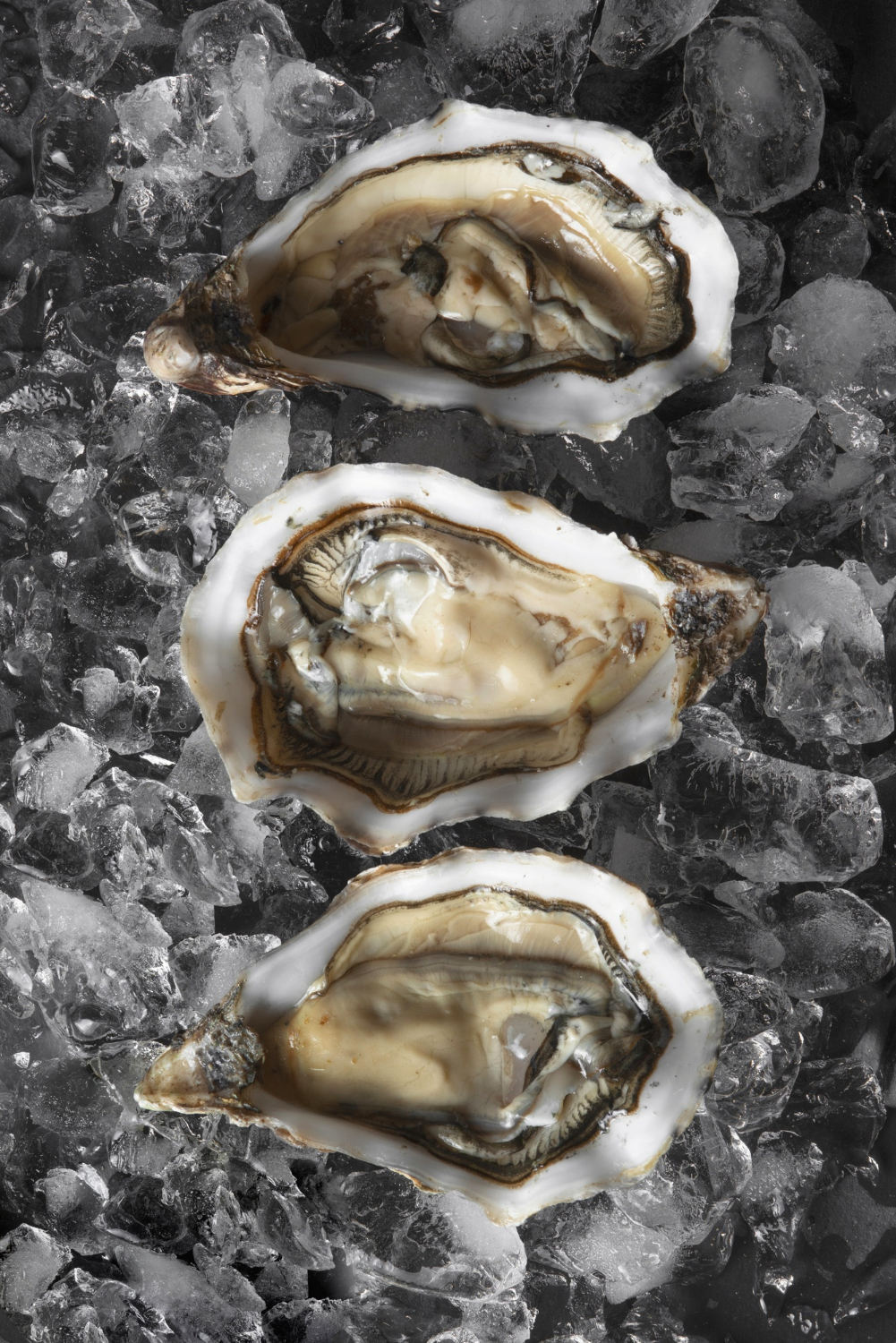
The richest known animal source of zinc is oysters. When oysters are eaten alone, there is a significant rise in the level of zinc as can be measured in the blood, indicating excellent absorption of the mineral. When the same amount of oysters is consumed with black beans, only about half of the zinc is absorbed. When the same oysters are consumed with corn tortillas, virtually none of the zinc is absorbed. (ref)
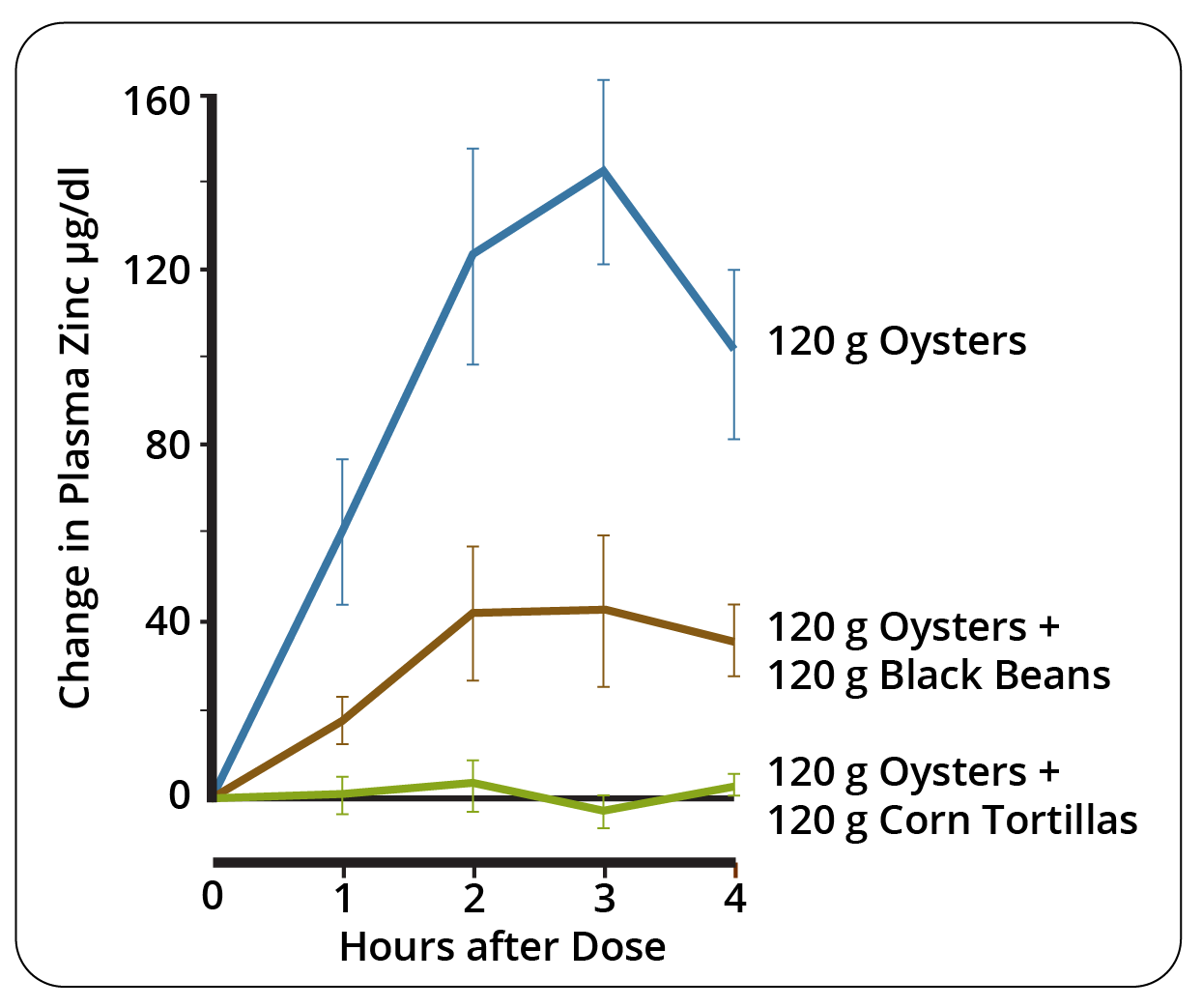
Despite the meals containing the same amount of zinc, the phytate-containing plant foods (beans or tortillas) inhibited absorption of zinc from other foods.
Zinc in Plant-Based Diets
Animal foods are certainly preferred as a dietary source of zinc. A problem with a vegan/vegetarian diet is that the plant foods that contain the most zinc (oatmeal, soy, nuts, legumes) also contain the factors that prevent it from being absorbed. It’s no surprise then that vegetarians have significantly lower dietary zinc intake and zinc levels compared to non-vegetarians (ref).

